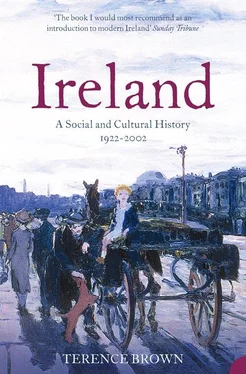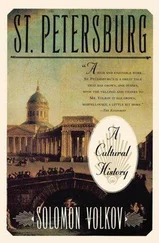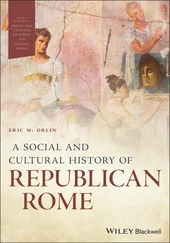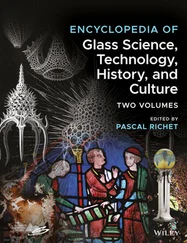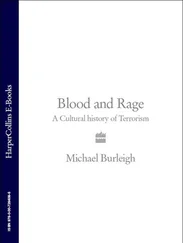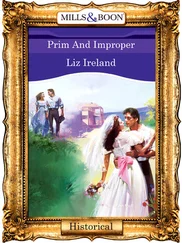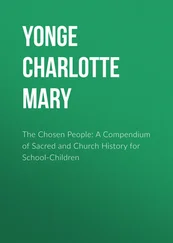That such feeling, in a book that another writer, celebrating the hundred and fiftieth year of the college, called “a sort of second breviary…the Maynooth classic,” 25represented a significant element in the imaginative life of the early decades of independence is evidenced by the fact that Eamon de Valera, on 6 February 1933, shortly after his accession to executive power, chose to open a new high-power broadcasting station at Athlone with a speech to the nation which made special reference to Ireland’s historic Christian destiny. He was responding in the speech to the accusation that modern Irish nationalism was insular and intolerant. He began with an evocation of the glories of Ireland’s Christian past. The new broadcasting station would, he informed his listeners, who in fact included many dignitaries in Rome,
…enable the world to hear the voice of one of the oldest, and in many respects, one of the greatest of the nations. Ireland has much to seek from the rest of the world, and much to give back in return. Her gifts are the fruit of special qualities of mind and heart, developed by centuries of eventful history. Alone among the countries of Western Europe, Ireland never came under the sway of Imperial Rome…
Because she was independent of the Empire, Ireland escaped the anarchy that followed its fall. Because she was Christian, she was able to take the lead in christianizing and civilizing the barbarian hordes that had overrun Britain and the West of Europe. This lead she retained until the task was accomplished and Europe had entered into the glory of the Middle Ages. 26
An opportunity now existed, declared de Valera, for Ireland to repeat her earlier triumph:
During most of this great missionary period, Ireland was harassed by Norse invaders. Heathens and barbarians themselves, they attacked the centres of Christianity and culture, and succeeded in great measure in disorganizing both. That Ireland in such circumstances continued the work of the apostolate in Europe is an eloquent proof of the zeal of her people, a zeal gloriously manifested once more in modern times in North America and Australia and in the mission fields of Africa and China. 27
The broadcast concluded with a call to Ireland to undertake the new mission “of helping to save Western Civilization” from the scourge of materialism:
In this day, if Ireland is faithful to her mission – and please God she will be, if as of old she recalls men to forgotten truths, if she places before them the ideals of justice, of order, of freedom rightly used, of Christian brotherhood – then indeed she can do the world a service as great as that which she rendered in the time of Columcille and Columbanus, because the need of our time is no whit less.
You sometimes hear Ireland charged with a narrow and intolerant nationalism, but Ireland today has no dearer hope than this: that, true to her holiest traditions, she should humbly serve the truth, and help by truth to save the world. 28
Undoubtedly this idealistic vision of the Irishman’s burden helped to reconcile many a young man to the sacrifices of priesthood as he contemplated the depressing secular opportunities of independent Ireland. Indeed, since the 1920s Ireland has sent numerous missionaries abroad to serve the church not only in the English-speaking world, but in Africa, Asia, and South America. By 1965 there were to be ninety-two mission-sending bodies in Ireland, 29and by 1970 the Irish church maintained “6,000 missionaries – 4,000 of them in full-time socio-economic occupation – in twenty-five African, twenty-six Asian and twenty-six Latin-American countries – evidence of a primitive energy or expansive potential in the religious life of a people.” 30
A clear demonstration of the internationalism of Irish Catholic life was provided by the remarkable enthusiasm generated in Ireland by the Eucharistic Congress of 1932. Dublin had experienced a great demonstration of popular piety in 1929, when the centenary of Catholic Emancipation had brought half a million people to a mass celebrated in the Phoenix Park, but the month of June 1932 saw an even more extraordinary manifestation of Irish Catholic feeling in Dublin. Crowds gathered in such numbers that it is tempting to see in the occasion itself a triumphant demonstration by the Irish Catholic nation in honour of the victories won in the long years of struggle since emancipation which had reached a climax in independence. Special buildings were erected to accommodate the great influx of pilgrims; 127 special trains brought the pious to the city. For the entire week of the congress the Irish Independent , the most clerically minded of the national dailies, was in a state of very great excitement as it hailed the arrival of church dignitaries, including eleven cardinals from forty countries. The arrival of the papal legate, Cardinal Lauri, was headlined by the Independent as “The Greatest Welcome in Irish History.” There were special candlelit masses held in the Phoenix Park, for men, for women, and for children. Four thousand people were received at a state reception in St. Patrick’s Hall in Dublin Castle and twenty thousand people attended a garden party in the grounds of Blackrock College at the invitation of the Irish hierarchy. The week culminated with a mass in the Phoenix Park, where a crowd of over a million people heard Count John McCormack sing Franck’s Panis Angelicus and a papal message broadcast. For a moment Dublin must have seemed the centre of Christendom and Ireland truly a part of a worldwide community.
Those million people came from the remotest districts in Kerry and from the mountain fastnesses of Donegal; from Canada and the United States, from the Argentine and other South American countries; from the Fiji islands, from Australia and New Zealand; from India; from Malta; and from all the countries of Europe. 31
Writing in the Round Table a correspondent reported, “It was essentially an Irish celebration, a hosting of the Gael from every country under the sun.” 32
The church, therefore, provided for the needs of the Irish people in these particular ways. Occupying a role in Irish life that made it an integral part of that life, it enjoyed the unswerving loyalty of the great mass of the people. In the 1920s it used that authoritative position in Irish society to preach a sexual morality of severe restrictiveness, confirming the mores and attitudes of a nation of farmers and shopkeepers, denouncing all developments in society that might have threatened a rigid conformism in a strictly enforced sexual code.
The hierarchy was much distressed in the 1920s by the threats posed to what it sought to confirm as traditional Irish morality by the cinema, the English newspaper, and the cheap magazine, by the new dances that became fashionable in Ireland as elsewhere in the postwar period, by provocative female fashions, and even by the innocent company-keeping of the countryside at parties and ceilidhes. All occasions of sin were to be forsworn in the interests of an intensely regular life. A joint pastoral of the Irish hierarchy issued in 1927 expressed the Irish church’s mind directly.
These latter days have witnessed, among many other unpleasant sights, a loosening of the bonds of parental authority, a disregard for the discipline of the home, and a general impatience under restraint that drives youth to neglect the sacred claims of authority and follow its own capricious ways…The evil one is ever setting his snares for unwary feet. At the moment, his traps for the innocent are chiefly the dance hall, the bad book, the indecent paper, the motion picture, the immodest fashion in female dress – all of which tend to destroy the virtues characteristic of our race. 33
Pearse’s programme for an independent Ireland, with which we began, had envisaged an economic, social, and cultural flowering as a necessary effect of freedom. I have suggested that economic stagnation combined with social and religious conservatism in a highly homogeneous, essentially rural society to ensure that the first decades of independence in the Irish Free State could scarcely meet Pearse’s ambitions for a free Ireland (though the Pearse who precipitated the Irish revolution by his courageous self-sacrifice in 1916 would, one suspects, have found both partition and the treaty entirely repugnant, acceptance of the Free State a betrayal of the separatist faith). Undoubtedly another force was at work – the influence exerted on the country by the terrible inheritance of the civil war which followed the Treaty of 1921. In a small country made disastrously smaller by a border that had set six of its counties adrift, memories of those tragic months and the bitterness they fed perverted much goodwill and idealism, soured many personal relationships, tore at the heart of aspiration. And it would be wrong too to ignore the fact, to which J. H. Whyte alerted us, that it might be wise to see Irish cultural and social conservatism reflected most obviously in the Censorship of Films Act of 1923, the Censorship of Publications Act of 1929, and the motion of 1925 making divorce legislation impossible as merely a more extreme form of a general phenomenon “among the more traditionally-minded people all over the world” 34in the aftermath of the Great War. But the fact remains that Irish repressiveness, whatever its cause, was extreme in those first crucial decades and that it severely stunted the cultural and social development of a country which a protracted colonial mismanagement had left in desperate need of revival in both spheres.
Читать дальше
